Subscribe for all my updates and don't miss a thing! Sign me up!
Who Colonised Jamaica First?
Britain or Spain?
Sharing Is Caring! Share this awesome content with your friends now.
by Sheree-Anita Shearer | Associate Writer
With over 300 years of rule by the British in Jamaica, there is tons of evidence of their colonial history both in text and the overall culture of Jamaica.
Our official language, our educational and parliamentary systems are all adopted from Britain. You would almost think that the English were the only ones to colonise our island. But that is not the case.
New! Take a piece of Jamaica with you💃!
Savour the memories! Now you can get your authentic Jamaican souvenir items, as well as traditional Jamaican herbs, spices and housewares on our popular e-store. Click Here to learn more.
And, if you ever need a trustworthy and knowledgeable local guide, consider booking a private tour with us!
If you are familiar with the names of places in Jamaica, you would realise that many of them are Spanish. This is because the Spanish were the first to rule over the island.
For this bit of history, we will travel back to 1494 to meet Christopher Columbus.
Columbus was an Italian adventurer who worked for the Spanish army. Columbus is said to have discovered the Caribbean through his quest to find a shorter route to India to take advantage of the spice trade.
What Columbus found instead was the islands of The Bahamas when he landed in 1492. Throughout further exploration, he eventually landed on the northern coast of Jamaica, now known as St. Ann, in 1494.
There has been a huge debate as to where Columbus landed in the parish though, was it Discovery Bay or St. Ann’s Bay? Many publications list Discovery Bay (christened Puerto Bueno by Columbus) as the point where he made landfall but also state that he first tried but failed to land in St. Ann’s Bay (Santa Gloria).
When he landed on the island, Columbus soon realised he and his Spanish comrades were not alone. The Tainos or Arawak had already occupied the land of Xaymaica, which was renamed Santiago as a territory of the Spanish West Indies.
The name, however, would not last long and Jamaica derived from the Tainos "Xamayca", has persisted. They initially welcomed the Spanish to the island but soon realised that this was a mistake. Columbus was losing soldiers to illnesses and soon there weren’t enough Spanish soldiers.
This coupled with the need to conquer as many of the islands as possible, led to the formal system of forced labour, the Encomienda. This rewarded conquerors in the New World with the labour of the Non-Christians found on the land.
Soon, the population of the Arawak and the other native peoples in the Caribbean decreased drastically from the hard work, stress and foreign diseases brought to them by the Spanish. In Jamaica, only very few survived.
Sighting that the decrease in labour would slow down production in the islands, the Spanish sought a new source of labour, Africa.
The Africans were chosen as they experienced a similar climate to that of the Caribbean, which the Europeans found difficult to work in. The Africans were also seen as stronger and could work for longer hours.
This marked the beginning of the slave trade, which was a booming business for the Spanish.
The Spanish Empire included, at one point, all the Caribbean islands in the Greater Antilles, smaller islands to the east and even South American countries.
Jamaica as a Spanish settlement did not thrive as much as the other settlements did, there was even the idea of disbanding the colony altogether and moving it to Cuba which was a fully established settlement by then.
Jamaica under the Spanish was mainly used as a storage facility of sorts and the island remained under Spanish control for 161 years.
The English Invasion
The British 1655, set out with the intent to conquer the Spanish stronghold of Cuba however, the Spanish were able to defeat the British.
Not wanting to return to England empty-handed, Admiral Sir William Penn and General Robert Venables turned their sights to Jamaica instead. With the help of a Taino guide, the English conquered St. Jago de la Vega and took control of Jamaica.
Many of the remaining Spanish settlers fled to nearby colonies but others stayed back in an attempt to win the colony back. However, within five years the island was rid of the Spanish entirely with only the architecture and the names of places as reminders of any Spanish rule.
During the war, the Spanish freed the slaves who were on the island who escaped to the hills and formed the first Maroons. They along with the remaining Tainos exchanged many methods of cooking which influence some of our favourite dishes today.
Jamaica was attacked twice before, once by the French in 1555 and Britain’s first attempt in 1597 by Sir Anthony Shirley.
Spanish Settlements
There were many Spanish settlements in Jamaica which is why there are still so many Spanish-named places on the island.
St. Ann and much of the north coast have most of these examples.
- Ocho Rios
- Rio Bueno
- Santa Cruz - St. Elizabeth
- Rio Cobre
- Port Antonio
- Port Maria
- St. Ann (renamed Sevilla Nueva)
- Rio Grande
- Rio Minho
- Ayala (renamed Yallahs)
- Liguanea
- Guanaboa (Guanaboa Vale)
- Esquivel (Old Harbour)
- Passage Fort
- Oristan (Bluefields)
Most important of all was St. Jago de la Vega, the Spanish capital of Jamaica. When the Spanish outgrew their first settlement, they moved to St. Jago de la Vega which was much larger.
They settled in quickly, building monasteries, churches, the governor’s house and the king's house.
The new Spanish settlement accounts for most of the architecture found in modern-day Spanish Town (so named by the British).
Spanish Influence in Jamaica
Apart from the names of places on the island. Spanish words can also be found in Patois as well.
Our love for balconies and wide-open verandahs comes from the Spanish. Many towns still have plazas modelled from the Spanish plazas.
Sharing IS Caring! Please help me get the message out by sharing this article with your friends on social media (links below). Thnx ;-)
If you found this page useful, please consider subscribing to my weekly newsletter, to get even more.
It tells you each week about the new information that I have added, including new developments and great stories from lovers of Jamaica!
Return to Jamaican Q&A from Who Colonised Jamaica First?
Return to My Island Jamaica Homepage from Who Colonised Jamaica First?
References & Sources For Who Colonised Jamaica First?
- (no date) Jamaican history I. Available at: http://discoverjamaica.com/gleaner/discover/geography/history1.htm (Accessed: October 4, 2022).
- Cartwright, M. (2022) Encomienda, World History Encyclopedia. https://www.worldhistory.org#organization. Available at: https://www.worldhistory.org/Encomienda/ (Accessed: October 4, 2022).
- The colonial architecture of Jamaica – 5 amazing facts (no date) My. Available at: https://www.my-island-jamaica.com/colonial-architecture-of-jamaica-5-amazing-facts.html (Accessed: October 4, 2022).
- Colony of Santiago (2022) Wikipedia. Wikimedia Foundation. Available at: https://en.wikipedia.org/wiki/Colony_of_Santiago (Accessed: October 4, 2022).
- Invasion of Jamaica (2022) Wikipedia. Wikimedia Foundation. Available at: https://en.wikipedia.org/wiki/Invasion_of_Jamaica (Accessed: October 4, 2022).
- Spanish town (2022) Wikipedia. Wikimedia Foundation. Available at: https://en.wikipedia.org/wiki/Spanish_Town (Accessed: October 4, 2022).
- Spanish town (no date) Encyclopædia Britannica. Encyclopædia Britannica, inc. Available at: https://www.britannica.com/place/Spanish-Town (Accessed: October 4, 2022).
- (no date) history_columbian_spanish. Available at: http://www.jnht.com/history_columbian_spanish.php#:~:text=The%20first%20Spanish%20settlement%20was,de%20la%20Vega%20was%20built (Accessed: October 4, 2022).
- (no date) history_columbian_spanish. Available at: http://www.jnht.com/history_columbian_spanish.php#:~:text=The%20first%20Spanish%20settlement%20was,de%20la%20Vega%20was%20built (Accessed: October 4, 2022).
Who Colonised Jamaica First? | Written: October 4, 2022
New! Get My Latest Book👇🏿
|
You asked, I've answered! You no longer need to save for months or years, to enjoy paradise! I spilled the beans! sharing my top tips on finding cozy accommodations and secret gems, only the way a native could! Click Here to pick it up on my e-store and start saving now! |
See The Best Of Jamaica - In Videos!
|
My channel reaches over 140,000 subscribers worldwide and has leveraged over 11 million views, sharing, what I call 'The Real Jamaica'. Subscribe today and join our family of viewers. |
Read More ...
New! Experience The REAL Jamaica!
Book Your Private Tour here and experience Jamaica the way we (locals) do!
P.S. Didn't find what you were looking for?
Still need help?
Click Here to try our dependable and effective Site Search tool. It works!
Or, simply click here and here, to browse my library of over 500 questions and answers! Chances are someone already asked (and got an answer to) your question.

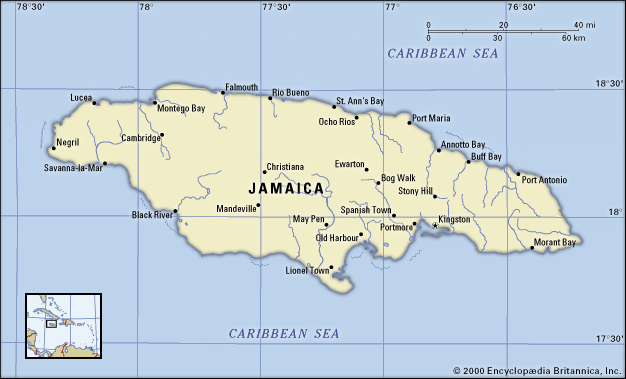
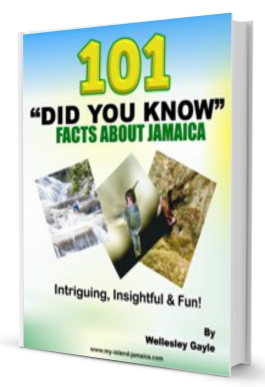
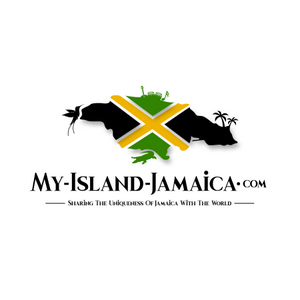
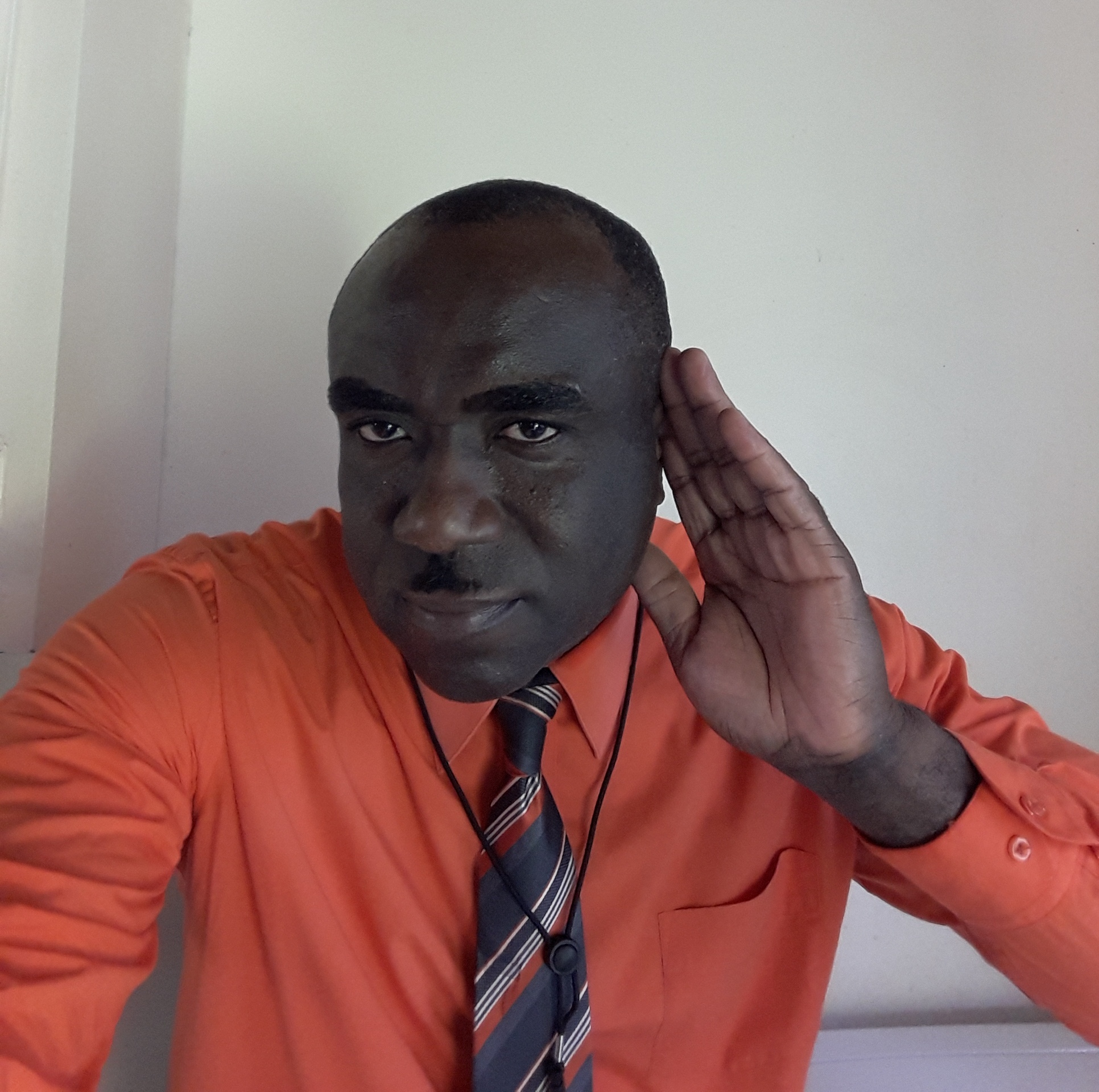
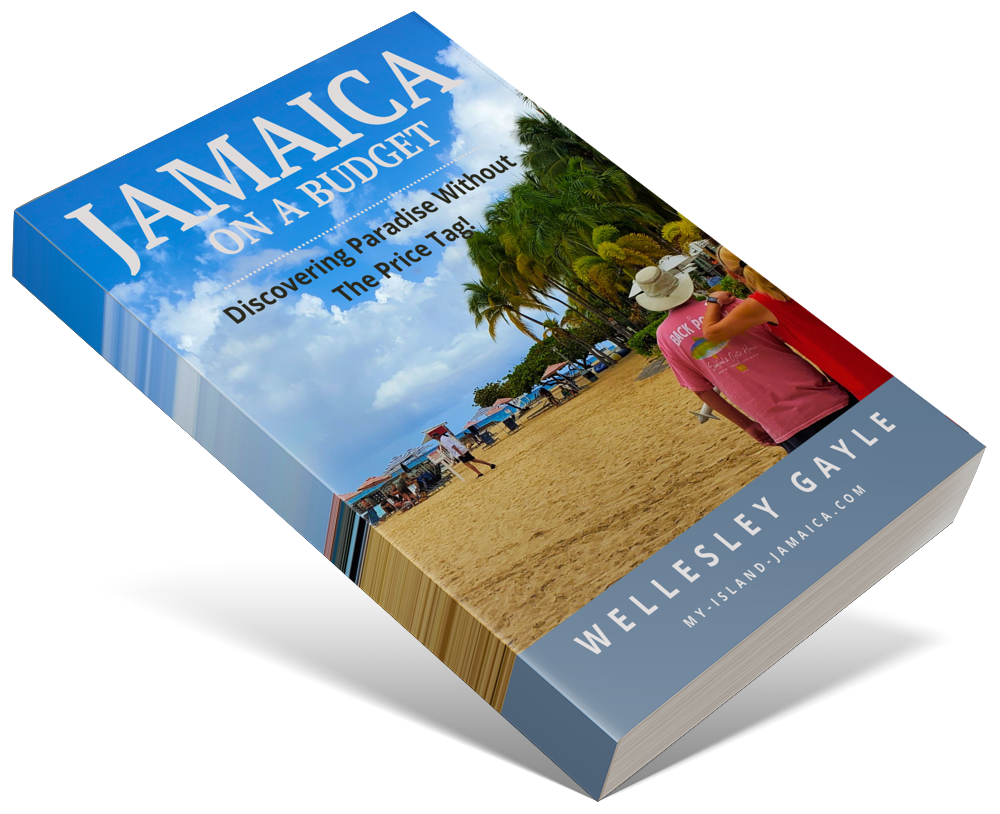
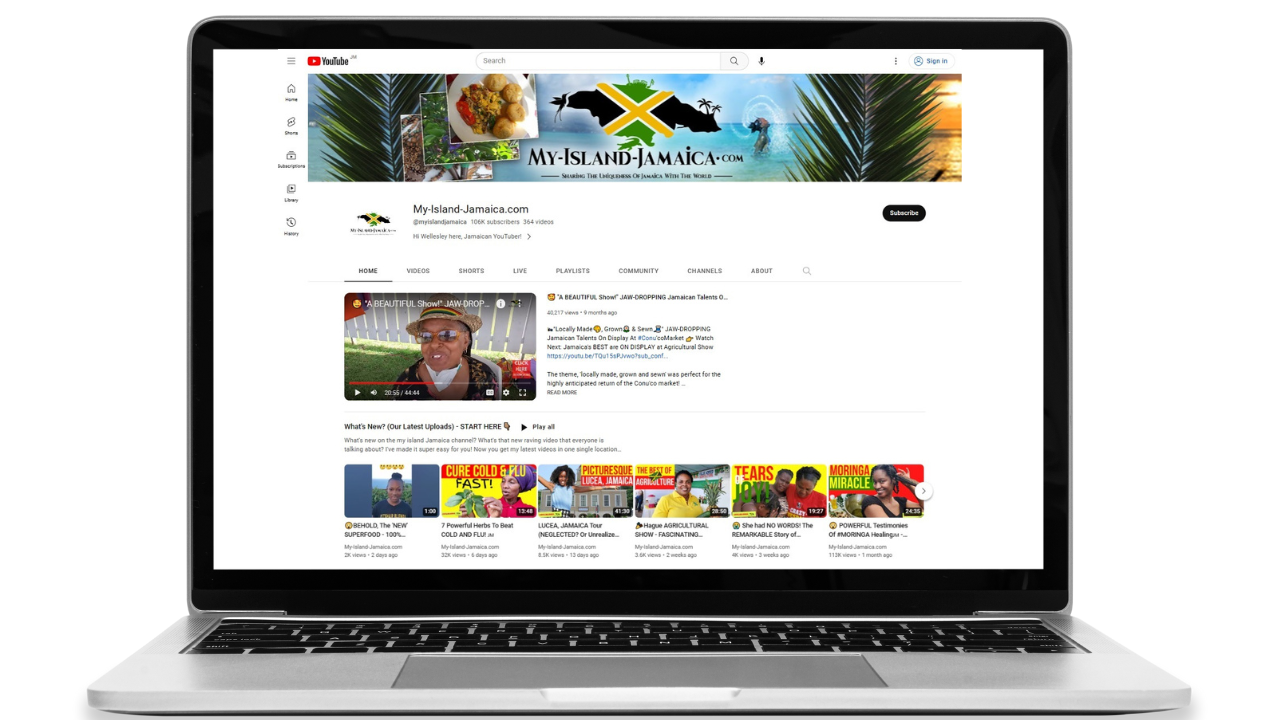

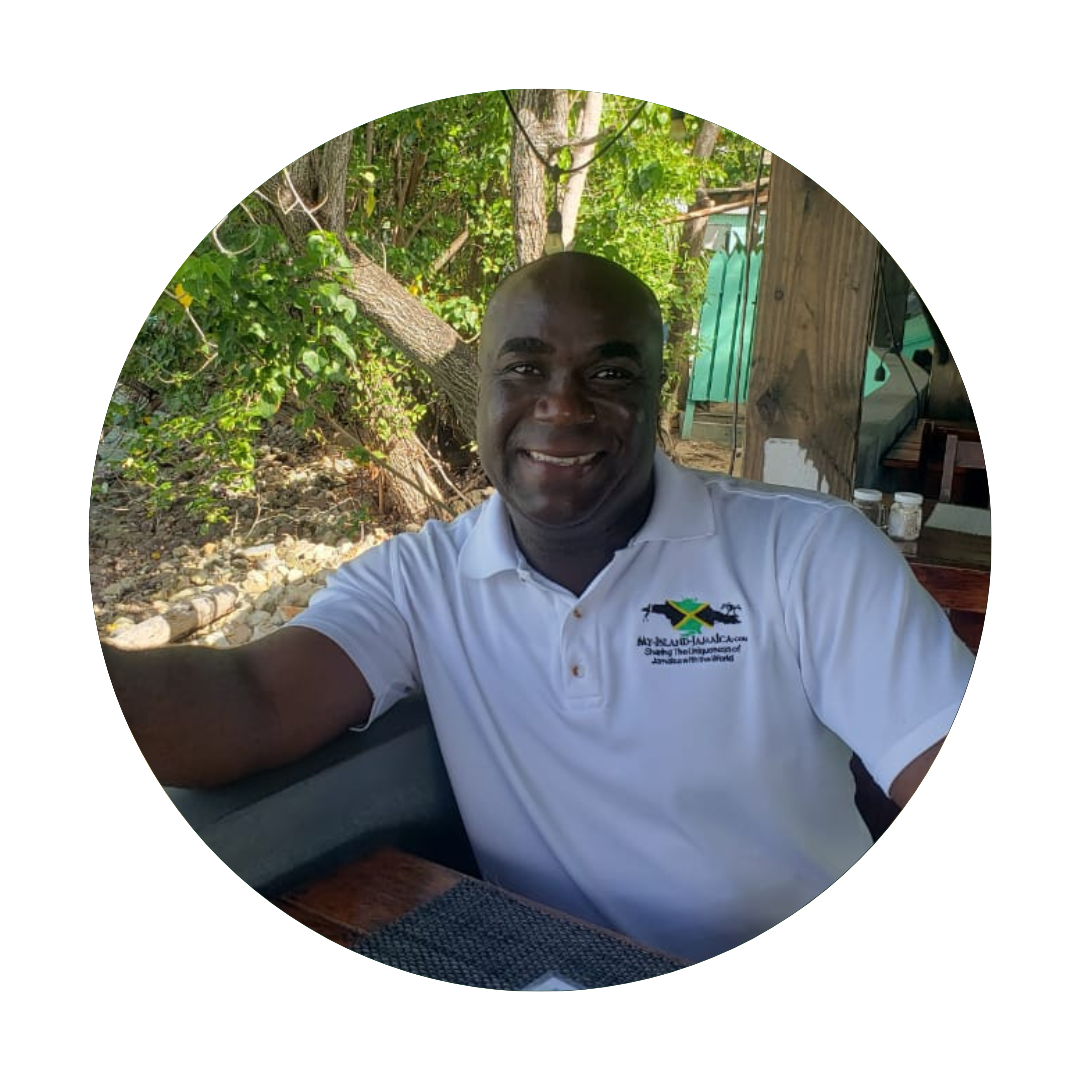
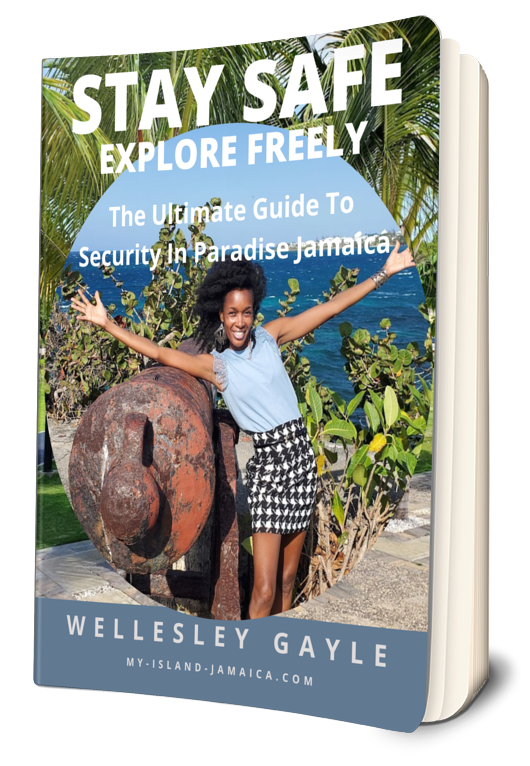




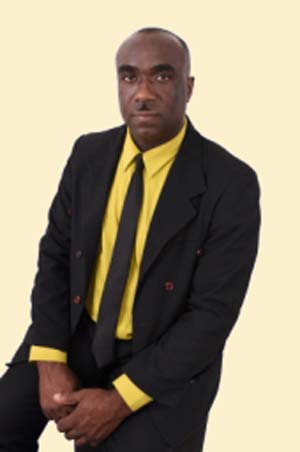
New! Comments
Have your say about what you just read! Leave me a comment in the box below.